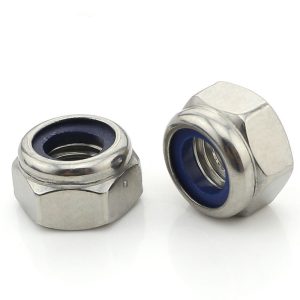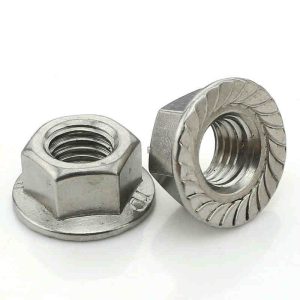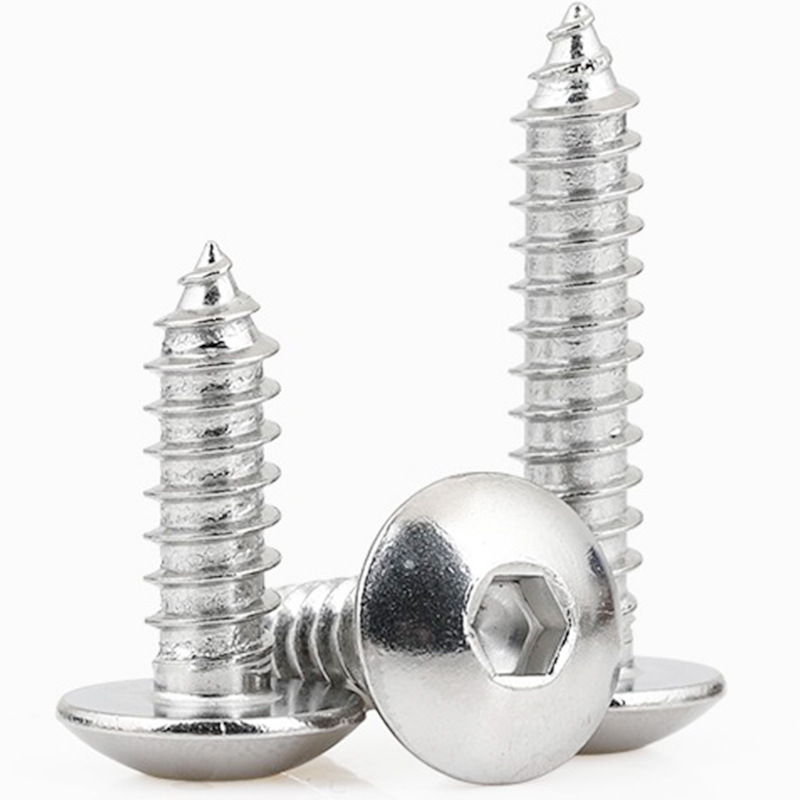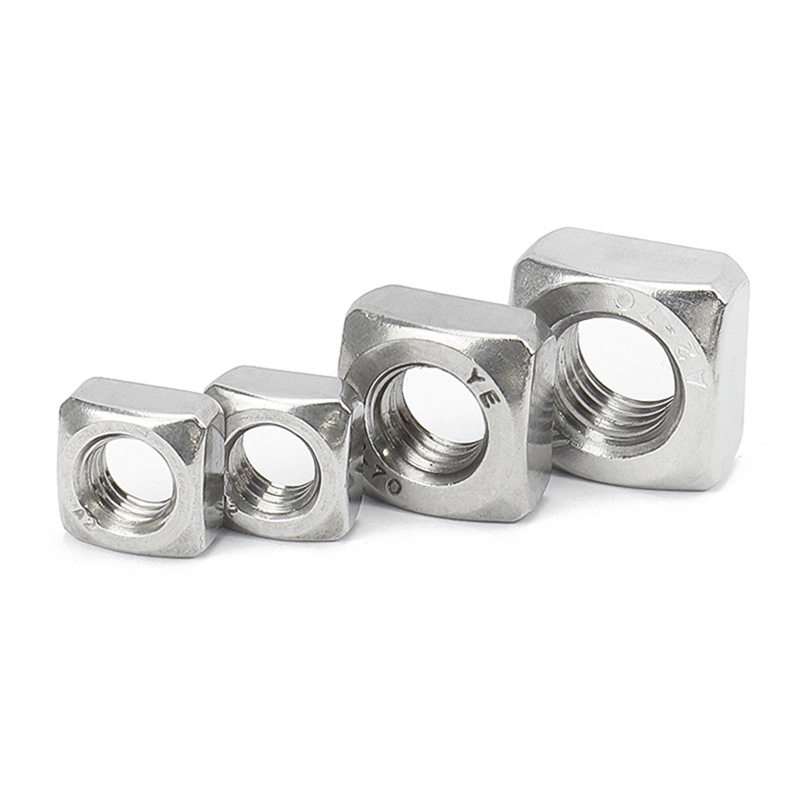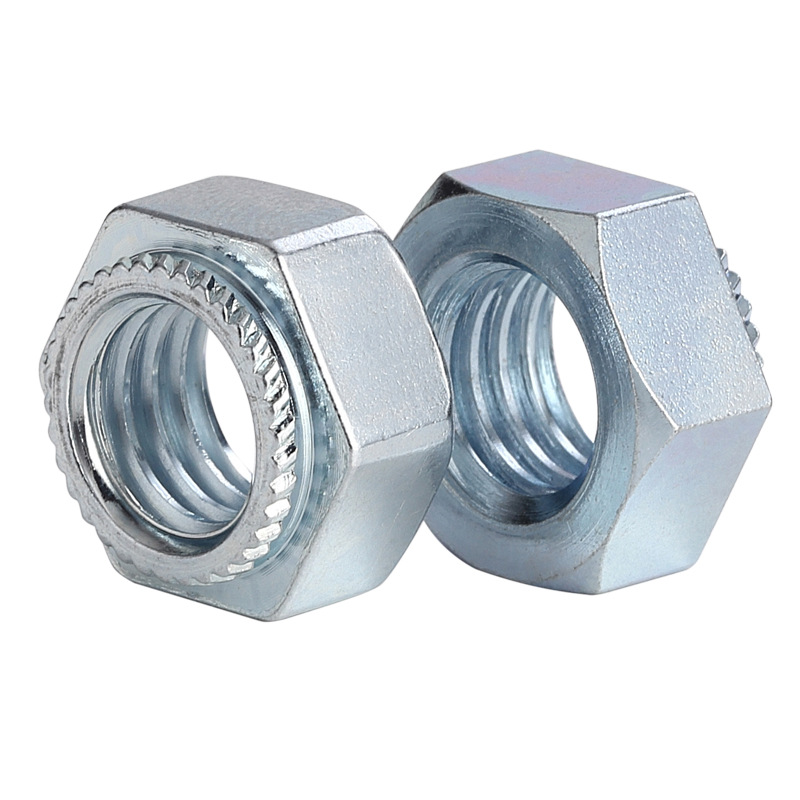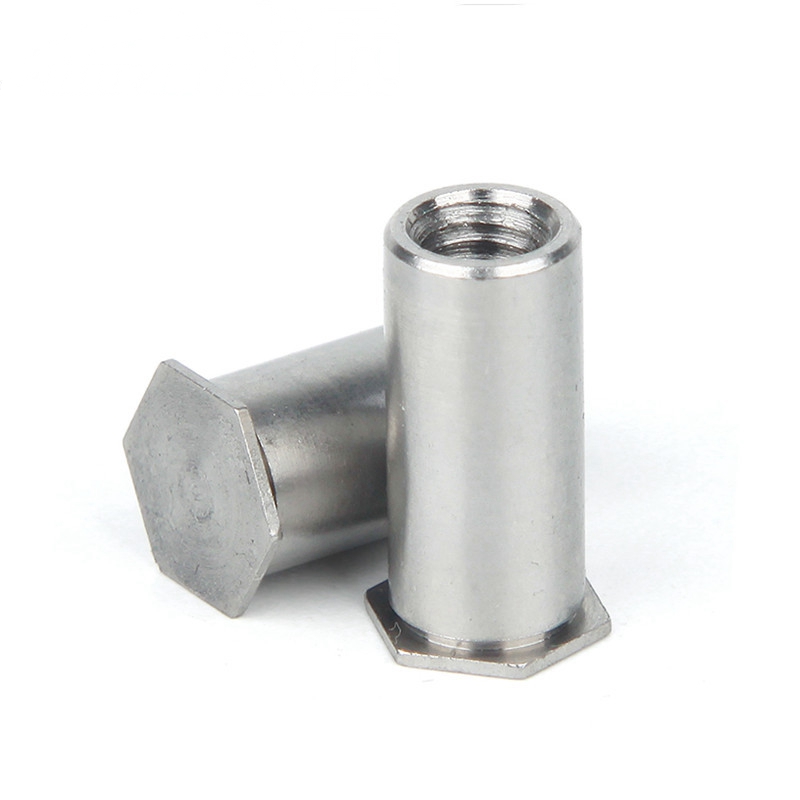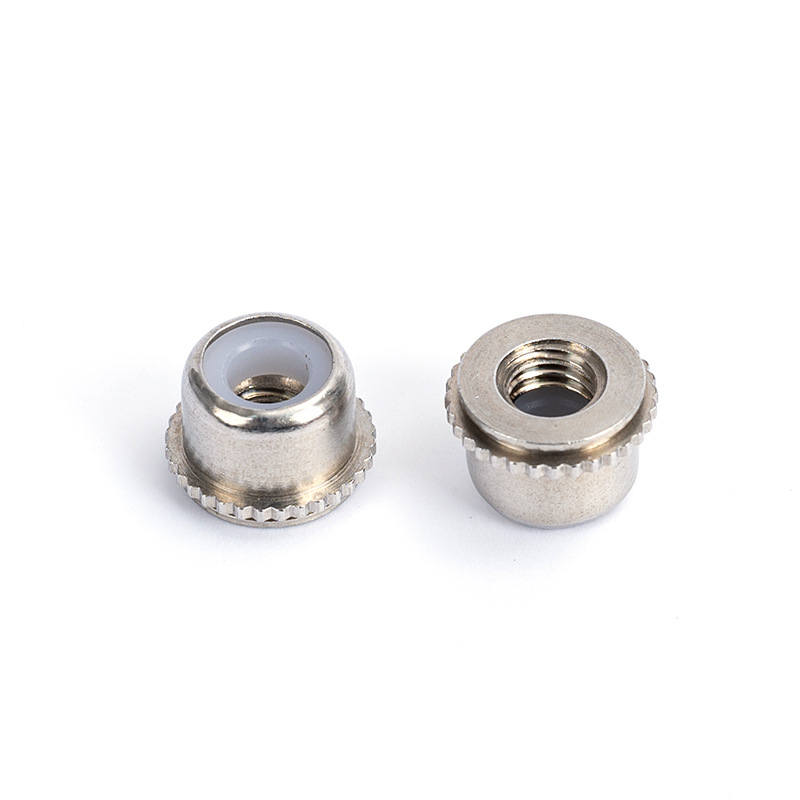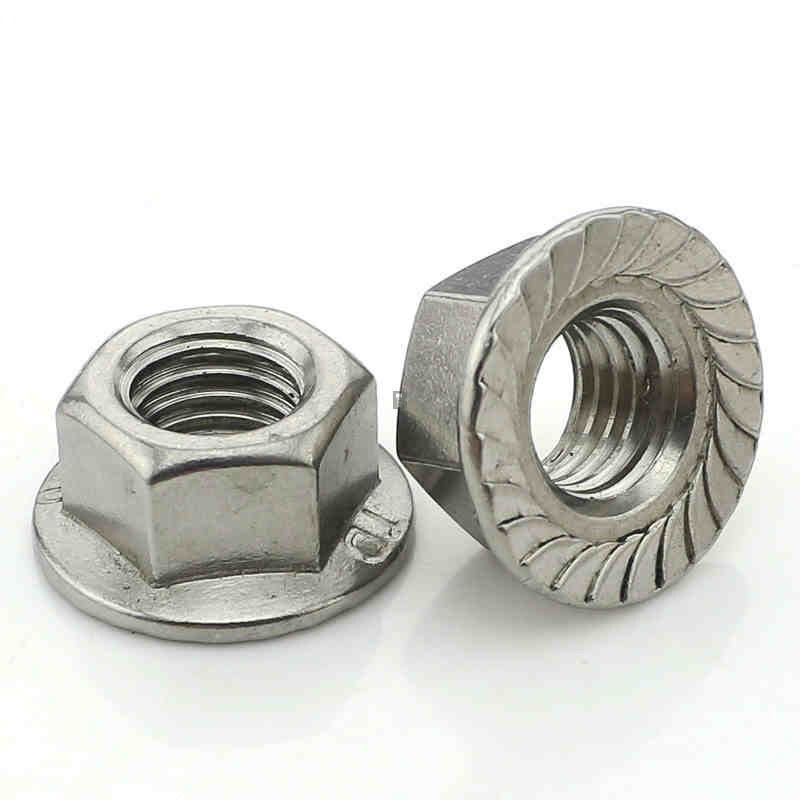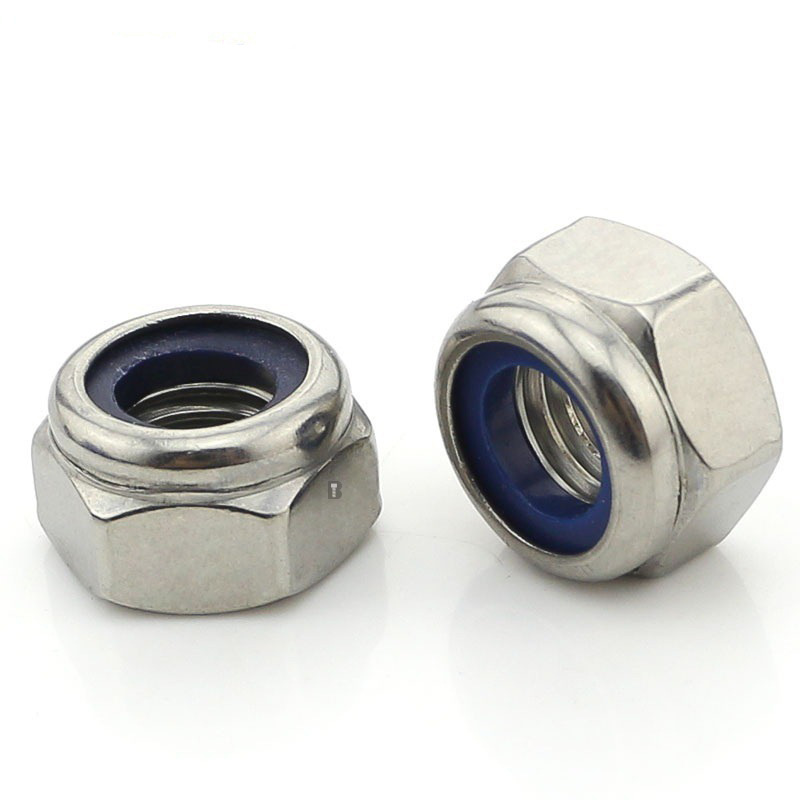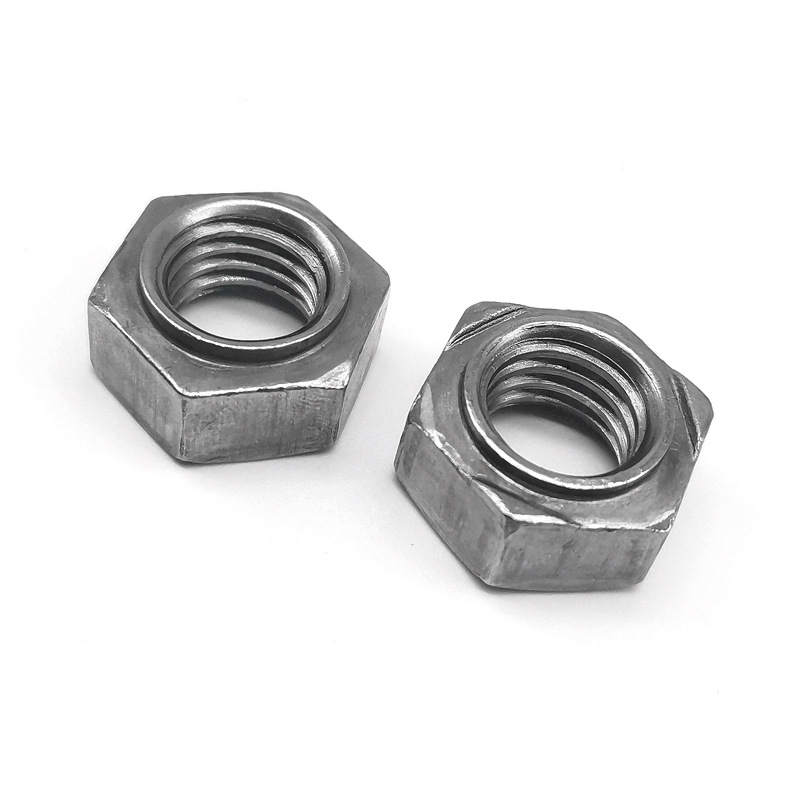Do you know the difference between a lock nut and a common nut? Ordinary nuts in use may be easy to loosen due to vibration and other reasons, in some relatively high requirements of the equipment is not up to the use of standards. Lock nuts are often used in these special occasions. Lock nuts will not loosen themselves unless they are broken after tightening. Do you know the difference between a lock nut and a common nut? Ordinary nuts in use may be easy to loosen due to vibration and other reasons, in some relatively high requirements of the equipment is not up to the use of standards. Lock nuts are often used in these special occasions. Lock nuts will not loosen themselves unless they are broken after tightening.
Locking nut locking principle:
The working principle of the nut is to use the friction between the nut and the bolt to self-lock. However, the reliability of this self-locking will be reduced in dynamic loads. In some important occasions, we will take some anti-loosening measures to ensure the reliability of nut locking. The locking nut is one of the anti-loosening measures. Lock nut is generally by friction, its principle is to press into the preset hole of the sheet metal through the emboying tooth, the general square preset hole aperture is slightly smaller than the pressure riveting nut. The nut is connected with the locking mechanism. When the nut is tightened, the locking mechanism locks the ruler body, and the ruler frame cannot move freely to achieve the purpose of locking; When loosening the nut, the locking mechanism is off the ruler body, and the ruler frame moves along the ruler body.
There are several types of locking nuts:
1.High strength self-locking nut: A classification of self-locking nuts with high strength and reliability.
2.Nylon self-locking nut: Nylon self-locking nut is a new type of high anti-vibration and anti-tightening parts.
3.Swimming self-locking nut: double-ear sealing swimming self-locking nut is composed of sealing cover, self-locking nut, pressure ring and sealing ring.
4.Spring self-locking nut: Spring clamp self-locking nut, which is composed of S-shaped spring clamp and self-locking nut.
